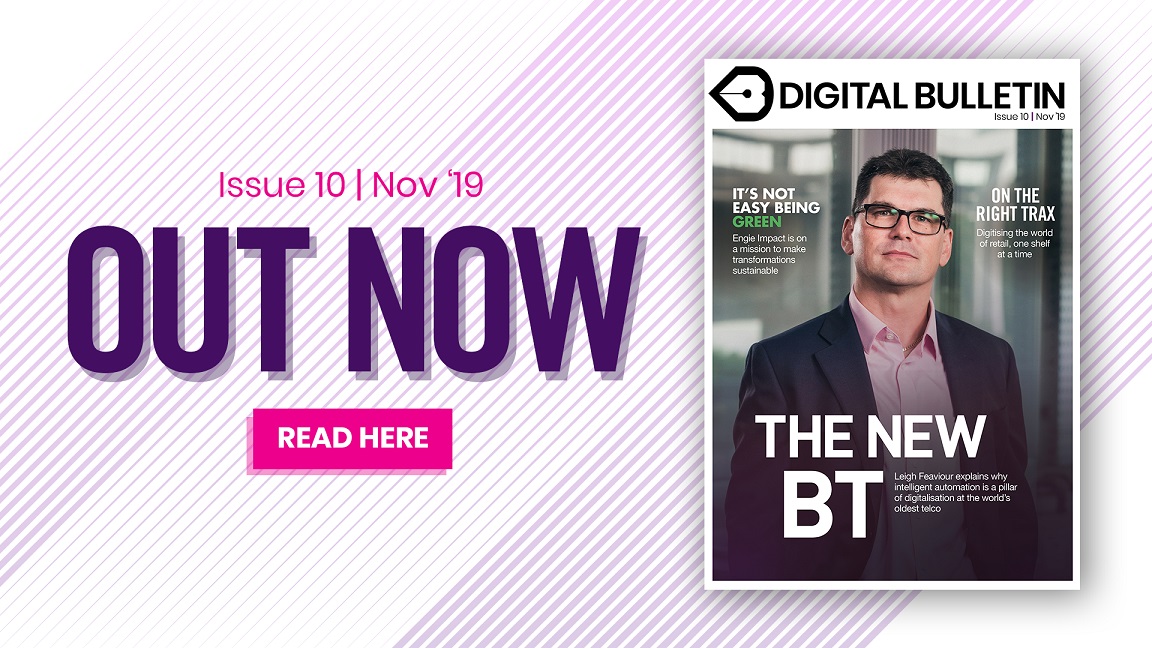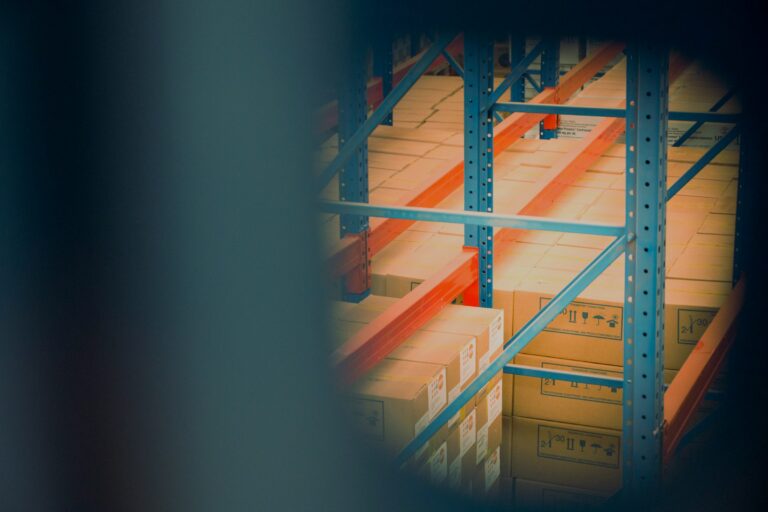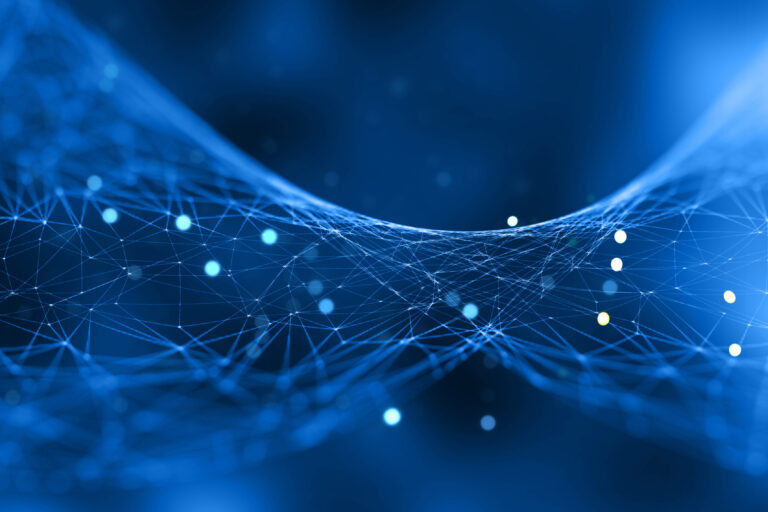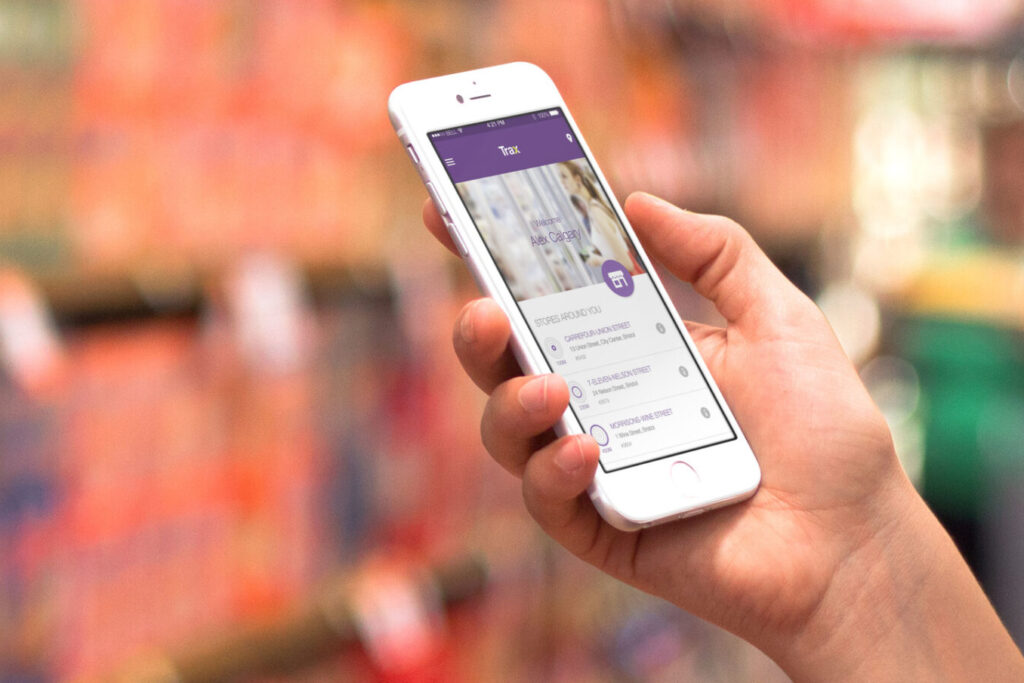
On July 29th this year, Trax announced the full acquisition of Planorama — and in doing so, its conquering of a small corner of the business tech market was complete.
Trax is the market leader in computer vision technology for retail. By combining its solutions with advanced analytics tools, it is able to drive huge time and cost efficiencies for some of the world’s biggest CPG (consumer packaged goods) companies, including Coca-Cola and Nestlé.
Planorama was a rival in the space and the takeover keeps Trax on course to maintain its upward trajectory. It was previously in the top 25 Fastest Growing Companies on Deloitte’s Technology Fast 500 and its technology is now put into action in 1.5 million retail stores globally every month.
But exactly how has Trax changed the game for the brands it works with? One of the best equipped to put the meat on the bones of this story is Martin Smethurst, an important figure in the company’s efforts across EMEA. Having held senior positions at the likes of Oracle and Cisco, Smethurst combines experience from both retail and technology.
“What I have is a good understanding of technology but, more importantly, a good understanding of how technology can profoundly change how companies work and how they get results,” says Smethurst as he kicks off an exclusive interview with Digital Bulletin.
Trax’s sophisticated technology stack has certainly delivered that “profound change” for its customers. One global brewer, for example, increased revenues by between 8–16% in store through their partnership. But the complex Trax technology journey begins with a very simple first step: taking a photograph of a retail shelf.
If you do a search on the people who run our R&D, these guys are remarkable in the computer vision world
Shelves, units and aisles are the battleground for wholesalers, with more players than ever competing for prime placement in their key retailers. In short, Trax’s proposition is to assist wholesalers with vital shelf data; after images are collected, its proprietary computer vision software pulls information on stock levels, positioning and more, with every SKU (stock keeping unit) and object accurately identified. A deep learning layer helps to recreate the shelf in digital form, uncover insights and compare data to that from other locations. For CPGs with presence in many thousands of stores worldwide, it’s easy to see the value.
Trax calls the process ‘store digitisation’ and Smethurst breaks it down into three parts.
“It’s about data collection, recognition and reporting,” he says. “From a data collection point, we have a simple app that you download and it prompts you to take photographs and collect additional manual information. We’ve designed a lot of tech in the app but the most important thing is to make it simple because we have different users across different languages in many different regions in the world.
“With recognition, if you do a search on the people who run our R&D, these guys are remarkable in the computer vision world. We have a lot of technology around improving images and stitching images together, but a percentage of every image that we take also gets put through to humans, and they check that the machine learning is correct. We continue to retrain these engines and that’s all done in the cloud.
“Then we have reporting. We make our system open in order to deliver data into other people’s systems. But we also deliver reports and dashboards for supervisors, salespeople and the business. This allows them to make business decisions off the back of this.”
The process saves significant amounts of time for sales associates. Previously they could use up to an hour in each store manually recording the contents of shelves, but Trax users reduce this time spent by 90%. This results in a 33% increase in the time that staff have to engage directly with customers and build better relationships.
Across these stores, users generally also experience an increase in placings, an increase in share-of-shelf and a decrease in out-of-stocks. Trax’s powerful data engine ultimately underpins these improvements and it is the real-time reporting at scale where Smethurst believes the deepest value is found for clients.
“Most organisations are now interested in what is called a ‘perfect storm’. This is using data to figure out what their shelf should look like and to figure out the best positions for all their products. We have these millions of data points, and if we compare the track shelf data to sales data, we can tell them where every single product should be placed in order to maximise sales.”
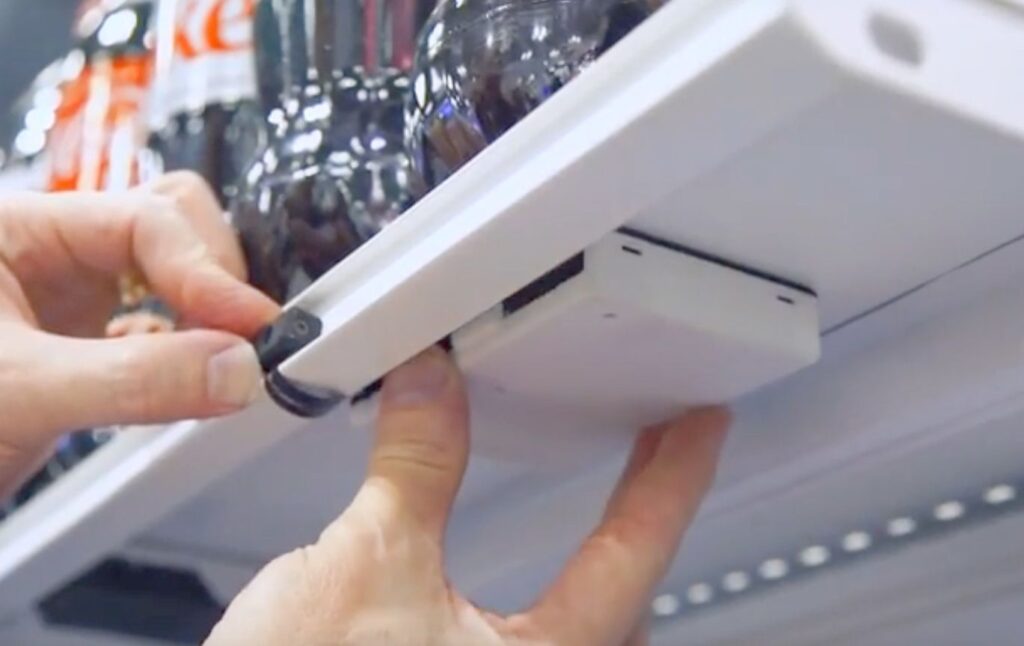
Trax’s thirst for technological innovation has been central to its growth. It is still less than a decade old but the company is busy preparing for its next decade and beyond in the industry with focused R&D work on augmented reality (AR) and robotics.
Capturing and storage for data collection remains one of its biggest challenges. The straightforward act of taking a photo is often hindered by cultural restrictions or environments that are not conducive to easily capturing images. Technology built into the app helps eliminate issues, and artificial intelligence is also deployed to accurately predict the content of any gaps, but Trax is still working on alternatives to the manual process of taking a photo.
In the United Kingdom, it has collaborated directly with retailers and piloted the use of fixed cameras on shelves, meaning photos can be taken at any point and deliver data that’s not possible in any other way. In robotics, it has been trialling a solution that carries three cameras and captures photos continuously across a whole aisle, with similar experimentation underway with drones.
AR patents are also pending for its Shelf Capture Assistant and Virtual Ruler features, all designed to refine its mobile app.
“Innovation is in Trax’s DNA. We are constantly trying to push the limits of computer vision and its application within retail. By leveraging the immersive user experience of AR, alongside our computer vision, data science and machine learning technology, we can help every sales rep or store associate do their job more efficiently than before,” says Dr Yair Adato, its Chief Engineering Officer.
The company is headquartered in Singapore but its development takes place at its centre of excellence in Tel Aviv, Israel. The country is well known as a tech startup hub — high technology is now its main industry, accounting for 35–40% of its GDP via exports, taxes from IPOs and successful exits.
This means Trax is able to tap into a steady stream of talent and Smethurst is not afraid to laud the capabilities of his colleagues. Even the CEO, Joel Bar-El, was previously a university lecturer in computer vision.
“We have some unbelievable talent in Tel Aviv,” explains Smethurst. “I’ve worked in this industry for many years and I’ve met some of the brightest people I’ve ever met at Trax. Not just bright, but they can explain some very complex technologies in a very simple way.
“Obviously skills and talent is the biggest challenge for every tech business but we have the centre of excellence in Israel and a great culture as a business. We attract great people and we’re in a very cool technology space. When I speak to candidates, it’s not hard to excite them about what we do.”
Most organisations are now interested in what is called a ‘perfect storm’. This is using data to figure out what their shelf should look like and to figure out the best positions for all their products
In 2019, Trax’s headcount has doubled from 400 to 800, mainly due to the Planorama acquisition. It has been a busy period for the company, also finalising the buyouts of crowdsourcing data firm Quri and, in June, Shopkick, the leading shopping rewards app in the United States. Both of those acquisitions point to Trax’s three-point strategy, which Smethurst expands upon.
“The first thing was to conquer the CPG space and deliver fantastic benefits to our CPG customers,” he says. “Number two was to move directly into the retail space. We started two years ago and while we’ve got a long way to go, we’re working with a small number of large retailers across the planet in order to continue to build a solution in that space.
“The last part of the journey will be around the consumer space. How could we use this shelf-based data to deliver insights for consumers? We have a million subscribers to Shopkick. Every time a consumer goes into a store and performs a task, they get a discount or some loyalty points from that retailer. That acquisition shows we want to be part of our consumer journey.
“Crowdsourcing (Quri acquisition) uses shoppers to take photographs on our customers’ behalf. There’s a whole economy around crowdsourcing and we’ve acquired some great tech. What this does for our customers is give them reach into some store formats where they can’t possibly get to with their sales team.”
Smethurst finishes by revealing Trax’s big ambition — to be the Google Maps of the retail shelf. “We want to digitise every shelf on the planet, that’s our grand aim.”
